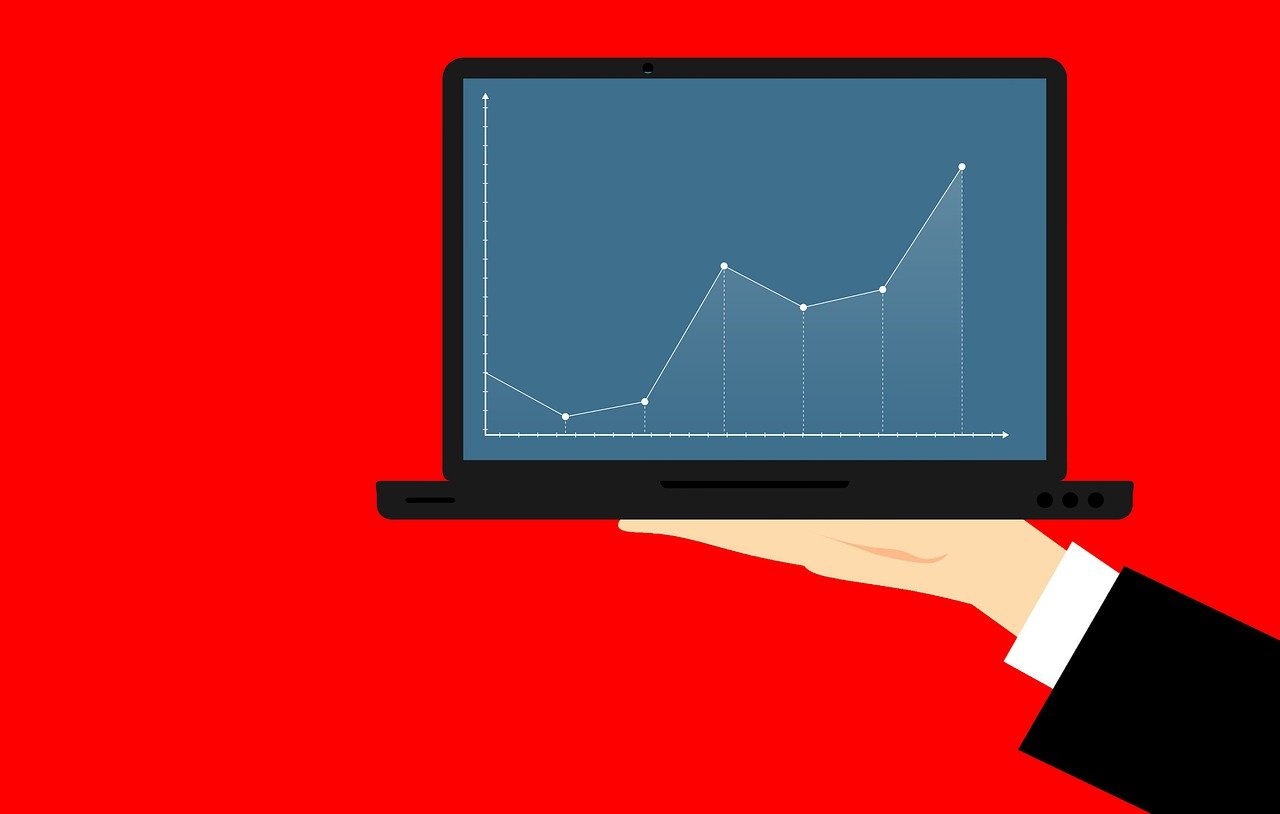First, we have leverage.
Having leverage means that you can use zero to a little portion of your own money and control a massive amount of money by borrowing the rest. For instance, to explain a 100:1 ratio, you will only need to set aside $1k to control a $100k position. Your $100k investment appreciates by $1k — your $100k investment is now $101k. So, even if your broker only set aside $1k in your account for you to control a $100k position, you were able to generate a 100% profit ($1k profit/ $1k initial investment).
Imagine if you took out $100k from your wallet to control the same position, and it appreciated just the same. So, it leaves you with a 1% profit ($1k profit/ $100k initial investment). We cannot even consider this as leverage because you had to shell out the whole initial investment amount on your own. But we are talking about it technically; this is a 1:1 leverage.
Leverage comes with its downsides. Dealing with a significant amount can give you a hefty win or a hefty loss. Let us say that, that $100k depreciated by $1k instead of appreciating — your $100k investment is now $99k. A 1:1 leverage leaves you with a -1% profit, while a 100:1 leverage will give you a -100 profit. And by profit, we mean losses. Leverage is a tricky tool to play with — it is all or nothing.
Next, we have margins.
We have a 100:1 leverage ratio in our previous example using only $1k to control a $100k position; $1k is our margin. Hence, the margin is the money that the broker needs to set aside to use leverage. It’s more like insurance or an added trust since you will be borrowing more significant funds to open a more substantial position if anything terrible happens.
Usually, your broker will require a certain margin percentage that you need for every position. Margin requirements may vary from one broker to another. The maximum leverage that you can get depends on that margin requirement. Hence, here are the most common margin requirements that brokers ask with their maximum leverage respectively:
- 0.25% = 400:1
- 0.50% = 200:1
- 1% = 100:1
- 2% = 50:1
- 3% = 33:1
- 4% = 20:1
Do not get confused
To cap off our lesson, let us enumerate some of the most used words involved with leverages and margins:
- Account balance. It is the money in your trading account.
- Used margin. It refers to your money locked up by your broker to keep your positions open. The money is yours, but you cannot spend or use it, hence “locked up,” unless you close your position manually or your broker closes your position automatically.
- Usable margin. The money in your account balance that you can use to open new positions.
- Margin call. You get called out when your account balance cannot cover the possible losses anymore. Hence, your equity is lower than your used margin. If you cannot deposit more money, your broker will have to close some or all of your open positions at the market price.




